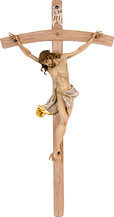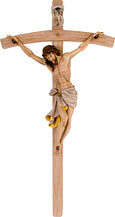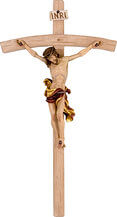The cross is one of the most important symbols for Christians. It stands on mountain tops, hangs on the walls and is worn as a jewel in the form of a chain pendant. But where does it come from the fact that the cross, of all things, which always causes a feeling of unease and sadness, is the key symbol of a religion whose central message is the hope of salvation and resurrection? Since when is the cross venerated and why is it still current?
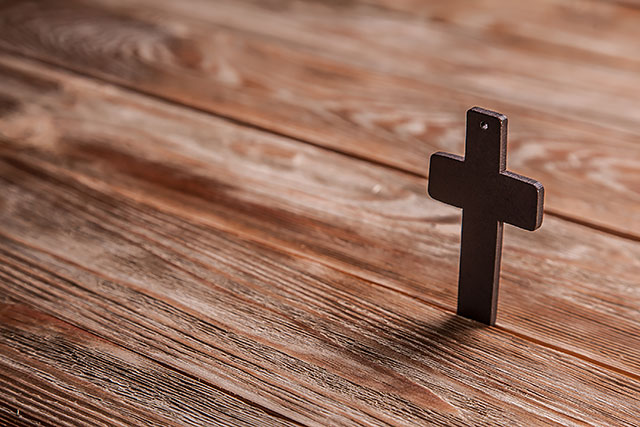
The history of the cross as a Christian symbol
Anyone familiar with medieval images of crucifixion scenes and crucifixes may well think that the cross has been the central symbol of this religion since the origins of Christianity. In the early days, however, the so-called "Staurogram" and the monogram of Christ "XP" played a much more important role.
The custom of making the cross with fingers dates back to the 3rd century. However, the veneration of the cross as a symbol, still common today, is only documented from the 4th century, the reign of Emperor Constantine the Great. The cross, still in use today, is also called 'Crux immissa'.
Every Christian and connoisseur of the Christian religion knows where the symbol of the cross comes from: the cross refers to the crucifixion scene depicted in the New Testament. According to tradition, Jesus himself had to carry the cross on which he was to die at the place of execution.
When Emperor Constantine professed the Christian faith and his successor Theodosius even made the Christian religion the state religion, Christians began to confess Jesus' death on the cross. Crucifixion was henceforth removed from the penal catalogue and the symbol of the cross lost its infamous image as an instrument of execution.
But the cross was not an unfamiliar symbol to pagans either. Crosses and cross-shaped symbols were an integral part of the pagan faith. In this context, the 'wheel of the black sun' is still known today.
Isolated finds, such as an Italian ivory box from around 420, show that the biblical crucifixion scene only gradually began to be depicted. In the early Middle Ages, when the cross was included in the illustrations of the biblical stories, it seemed a logical consequence to depict not only the symbol of Jesus' execution, but also a group of mourning women gathered around the cross.
In early medieval Europe it became a tradition to show the cross with the suffering Jesus. Crosses with the figure of Jesus are also known as 'crucifixes'. With the growing popularity of the cross, the cult of relics also grew: repeatedly crusaders and explorers thought they had found nails or even wooden splinters from the cross of Jesus. The representation of crosses became more and more differentiated.
During the Middle Ages, the groups of people arranged around the cross became more and more diverse. Suddenly, the direction in which Jesus' head, adorned with a crown of thorns, tilted, played a role. If Mary, Mary Magdalene, a group of women and John are depicted on the left side of the Crucifix and on the right Longinus, Stephen and the men mocking Jesus, in the history of art there is talk of "Volcanic Calvaries".
Not least the traditional art of wood carving has made the cross an object in modern times, which plays an important role in many churches and homes. Despite all the debates about state neutrality in matters of faith and religious symbols in public space, crosses are still ubiquitous in countries of Christian influence.
What the cross really means
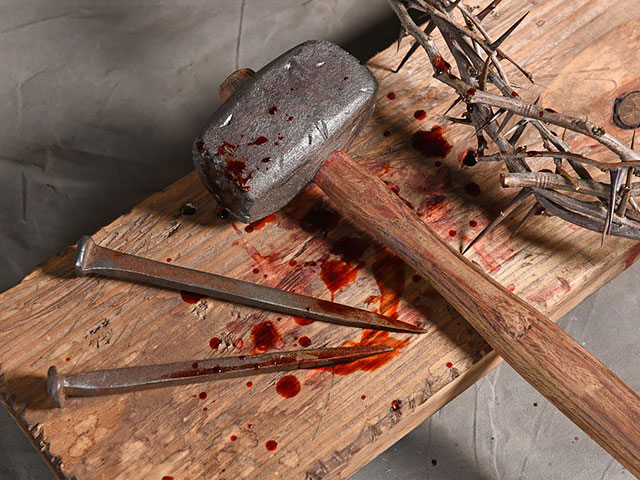 Symbols of the Crucifixion
Symbols of the CrucifixionBitter theological disputes about the meaning of the cross have erupted and are still causing a stir today. It is hardly possible to answer definitively what the symbol of the cross actually means in the Christian faith. In the Bible, the cross appears in the Gospel of John, the Acts of the Apostles and the letters of the Apostle Paul. Whether the crucifixion of Jesus really took place on a cross or a pole cannot be interpreted with certainty, since the translation from the Greek can mean either "wood" or "cross". It is only since the translation of the New Testament into Latin that the word "cross" and "crucifixion" are unambiguously mentioned..
With the crucifixion of Jesus, a connection was established between earthly existence and heaven. The horizontal axis of the cross usually represents earthly existence and the connection to human beings. The vertical axis is given the meaning of the divine. Other interpretations see in the axes the masculine and feminine, spirit and matter or soul and body.
Theologians see the crucifixion of Jesus as an intervention of God, which should serve to re-establish the covenant between God and man, torn apart by the fall of man. Thus, the cross can be interpreted as a sign of hope, representing the forgiveness of sins and God's reconciliation with humanity. Christian believers also understand the symbol as a sign of victory: With the crucifixion and resurrection after the atrocity, death was finally overcome. In 1969, former Pope Benedict XVI emphasised the modern interpretation that the movement of the cross showed that God in Christ had reconciled the world within himself.
According to the Church's interpretation, the crucifixion scene indicates the ecclesiastical sacraments of the Eucharist and Baptism, which is why the cross is often found on baptismal candles.
The idea that God let his Son die on the cross to free people from all sins has something monstrous about it. And indeed the symbol of the cross is full of contradictions, difficult messages and ambiguities. Moreover, and for this very reason, it is absolutely worthwhile to take an intensive look at the most important symbol of Christianity.
The cross in everyday life
The cross has an important meaning for every believer. In the cemetery it gives consolation and nourishes the hope of life's victory over darkness. High up on the summit it shows that God is far above all else. Like a wooden cross on the wall of a school or town hall, it is a strong commitment to Christian culture.
If you want to hang a cross in your living room, you will find the right crucifix for your taste in traditional wood carving. In the home, the wooden cross is a reminder that encourages people to face their faith on a daily basis. But it can also be a request to let God's good spirit into the home. Anyone who sees a hand-carved wooden cross will inevitably want to look at it more closely. A cross always stimulates reflection and makes even non-religious people face the elementary questions of life.
More posts
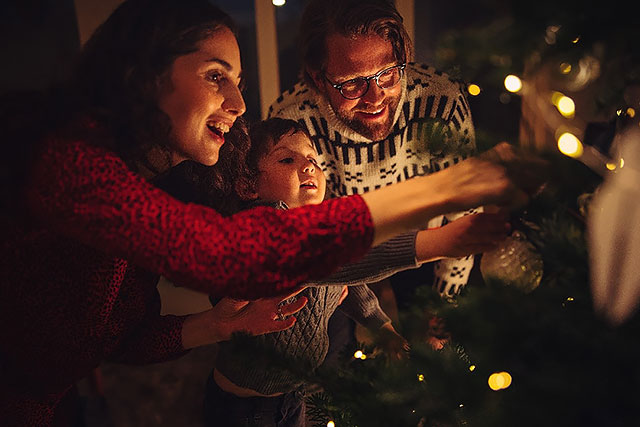
Christmas Eve: Why do we celebrate it?
According to its original meaning, Christians gather on Christmas Eve to celebrate the birth of Jesus. Non-Christian people also celebrate this day as a family holiday with presents. Learn more about the history and meaning of the day as well as traditional Christmas Eve dishes in this article.
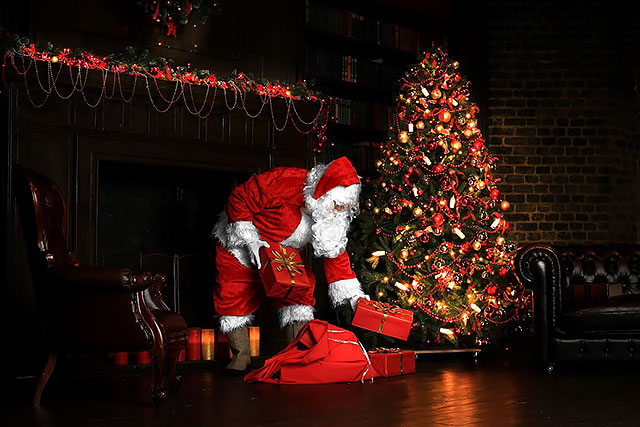
Father Christmas: Who is he really?
As Christmas season approaches, children big and small begin to wait patiently for Father Christmas to arrive. But where does the symbolic figure of Father Christmas come from? And what does he look like in other countries? We give you the answers to these and many other questions in this article.

Advent Calendar: History & Meaning
For most people, it is impossible to imagine the pre-Christmas season without it. But where does the tradition of opening a little door each day actually come from? How long have Advent calendars been around and how have they changed over time?


